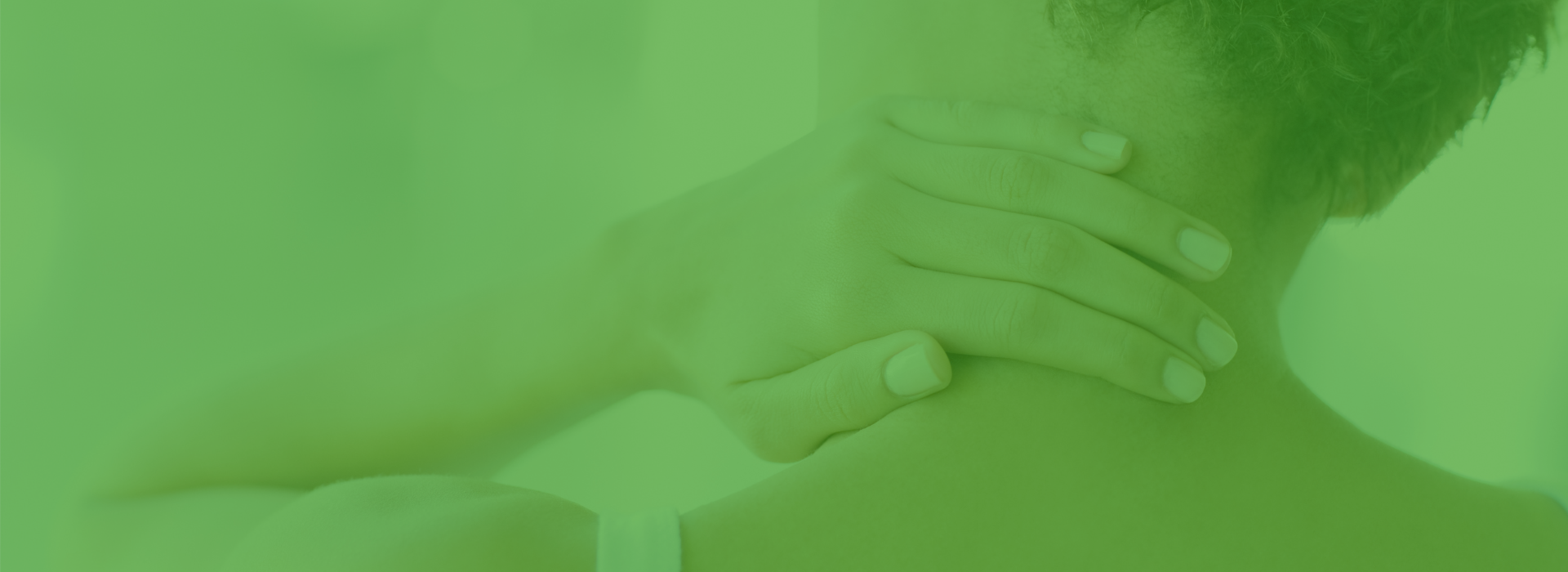3 million people in Australia have experienced cephalgia, also known as a headache.
50% of the world’s population have at least one headache per year, and 30% of these have experienced a migraine.
There are over 300 types and causes of cephalgia. The most common forms are migraine, cluster, cervical/neck, and tension headaches.
It can be hard to tell the difference between headaches, so it is a good idea to get a diagnoses from a medical professional.
Migraine
Speed of onset: Fast
Where: Frontal or temporal areas, one or both sides of head
Type of pain: Sharp, throbbing, pulsing
Constancy: Episodic
Duration: hours-days
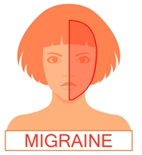
Associated symptoms:
- Dizziness or vertigo
- Nausea
- Vomiting
- Diarrhea
- Weight gain
- Fluid retention
- Sensitivity to light or noise
- Aura
WHO GETS MIGRAINES?
20% of people will have a migraine at some time in their life. They can happen once, or several times throughout your life. 50% of people who experience migraines have a family member who also experience them. They are twice as common in women than men.
Migraines usually start between 11-19 years old, but most affect those 35-45 years old.
CAUSES OF A MIGRAINE
Migraines are caused by the release of pain-producing inflammatory substances into the brain. This affects the nerves and blood vessels of the head. The release of these substances can be triggered by many things.
Triggers:
- Stress
- Skipping meals
- Joint and muscle problems in the neck and jaw
- Vision problems
- Illness
- Endocrine system changes due to oral contraceptive pills, pregnancy, puberty, menopause, or menstruation
- Metabolic changes
- Change in temperature or altitude
- Change in activity
- Changes in blood pressure
- Alcohol, especially red wine
- Food, especially chocolate, cheese, nuts
- Certain medications
- Too much or too little sleep
- Exercise
WHAT IS AN AURA?
This is a neurological response that can happen before or during a migraine. Some notice these symptoms a few days or immediately before a migraine begins. People describe auras as bright lights, blind spots in vision, numbness and tingling in arms or face, hyperactivity, yawning, depression, food cravings, or vertigo.
TENSION HEADACHE
Speed of onset: Slow
Where: Base of the skull, both sides of the head
Type of pain: Tightness, pressure
Constancy: Episodic or constant
Duration: Days-months
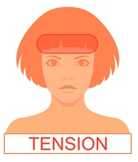
Associated symptoms:
- Tender scalp
- Mild sensitivity to light or noise
- Nausea
- Indigestion
- Difficulty concentrating
WHO GETS TENSION HEADACHES?
Tension headaches affect 3 times as many women as men and usually begin between 11-19 years old.
WHAT CAUSES TENSION HEADACHES
Tension headaches are usually caused by tightness in the muscles of the face and neck, or by stiffness in the neck joints. This is often due to poor postures or high levels of stress.
CLUSTER HEADACHE
Cluster headaches refer to headaches which happen in groups or clusters, with periods of relief in between.
Speed of onset: Fast
Where: Frontal or temporal areas surrounding the eye, one or both sides of the head
Type of pain: Burning or boring
Constancy: Episodic
Duration: Minutes-hours
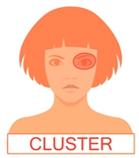
Associated symptoms:
- Headache worsens with exercise
- Tearing eyes
- Runny nose
- Restlessness
- Increased forehead sweating
WHO GETS CLUSTER HEADACHES?
1 in 1000 adults will experience cluster headaches during their life, and they are 6 times more common in males than females. Cluster headaches usually begin after the age of 20 years old.
CAUSES OF A CLUSTER HEADACHE
These headaches are thought to be due to changes to our ‘internal clock’ as regulated by the hypothalamus. Alcohol consumption has been suggested as a possible cause of these changes.
CERVICOGENIC/NECK HEADACHE
Speed of onset: Slow
Where: Occipital, retro-orbital, or temporal areas; one or both sides of the head
Type of pain: Dull ache
Constancy: Constant
Duration: Days-months
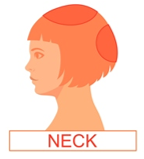
Associated symptoms:
- Neck pain or stiffness
- Light-headedness
- Dizziness
- Ringing in your ears
- Nausea
- Impaired concentration
WHO GETS CERVICOGENIC HEADACHES?
Cervicogenic headaches usually begin between the ages of 20-60 years old.
CAUSES OF A CERVICOGENIC HEADACHE
Cervicogenic headaches are caused by abnormalities of the joints, muscles, and neural structures of the neck. These headaches are usually worsened with poor posture, exercise, and neck movement.
OTHER TYPES OF HEADACHES
Primary exertional headache brought on by and occurring during or after physical exertion.
Headaches induced by drugs, surgery, infections, trauma, or intracranial damage, or viral illness.
WHAT WILL TREATMENT FOR HEADACHES INVOLVE?
Can physiotherapy help with cephalgia? YES!
When it comes to treating headaches, it is important to determine the cause of the problem. A Pivotal Motion head and neck physio specialist will complete a thorough assessment of your symptoms and factors causing your pain. To help with the assessment, take note of the duration, location, and frequency of your headaches, as well as what the pain feels like.
Based on the assessment, treatment may include:
- Advice and education
- Stress management
- Relaxation and sleep
- Postural correction
- Trigger point massage
- Myofascial release
- Heat or cold therapy
- Activation of deep neck muscles
- Individual exercise program to improve strength, flexibility, and mobility
- Referral you to your general practitioner for medical management
Let a member of our physiotherapist Brisbane team guide you through your recovery.
Make an appointment online or call us today on 07 3352 5116.

